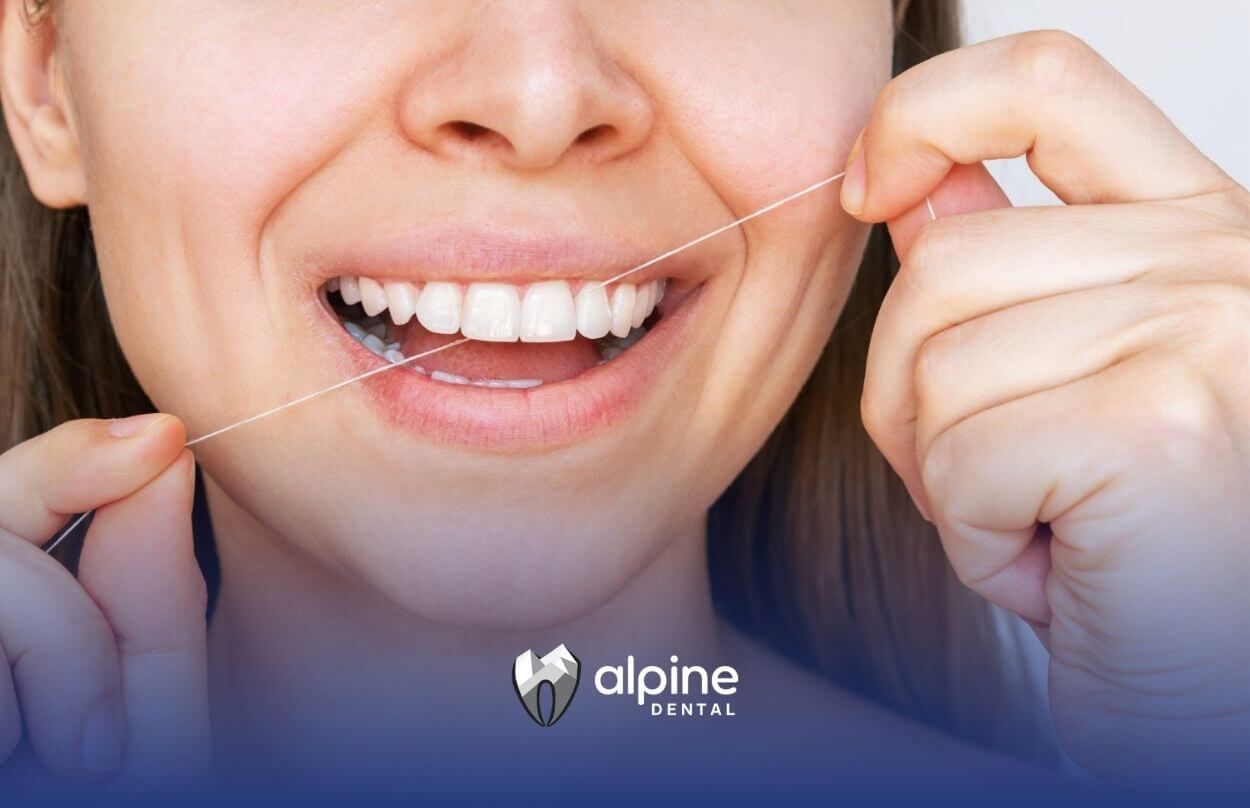How Long Does a Root Canal Take to Heal? Recovery Timeline & Tips
Root canals often get a bad reputation, but in truth, they are safe, effective procedures that relieve pain and save natural teeth. If you’ve recently had a root canal or are scheduled for one, a common concern you may have is: How long does a root canal take to heal?
The healing process varies from person to person, depending on the complexity of the procedure, the condition of the tooth, and how well aftercare instructions are followed. In this comprehensive guide, we’ll break down the typical root canal healing timeline, signs of normal vs. abnormal recovery, and tips to speed up healing.
What Is a Root Canal?
A root canal is a dental procedure used to treat infection or inflammation inside the tooth. When the pulp (the innermost soft tissue) becomes infected due to deep decay, cracks, or trauma, it must be removed to prevent the spread of infection and alleviate pain.
The Root Canal Process Includes:
- Removing the infected pulp
- Cleaning and disinfecting the inside of the tooth
- Filling the canals with a biocompatible material
- Sealing the tooth and often placing a crown
Once completed, the tooth is preserved and restored to full function.
Immediate Recovery: What to Expect Right After a Root Canal
Most root canals are completed in one or two visits. After the procedure, you can expect some mild discomfort, sensitivity, or swelling for a few days.
Common Immediate Symptoms:
- Mild to moderate soreness around the treated area
- Sensitivity to pressure, especially when chewing
- Slight swelling or inflammation of surrounding gum tissue
- Numbness from local anesthesia that wears off within a few hours
These symptoms are normal and typically subside within 3 to 7 days.
Root Canal Healing Timeline
Day 1–3: Initial Healing Stage
- Pain and discomfort are most noticeable during this window.
- Over-the-counter pain relievers like ibuprofen or acetaminophen are usually effective.
- Avoid chewing on the treated side to minimize pressure and irritation.
Day 4–7: Decreasing Sensitivity
- Soreness begins to fade.
- Swelling and inflammation should significantly reduce.
- You may feel comfortable chewing on the treated side, although it’s still best to avoid hard or sticky foods.
Week 2–4: Stabilization Phase
- The inside of your tooth continues healing.
- If you received a temporary filling, you’ll likely return for a permanent restoration like a crown.
- Any lingering sensitivity or discomfort should be minimal or gone entirely.
Month 1–3: Full Healing
- With proper care, the tooth becomes fully functional again.
- Once the crown is placed and soft tissues have healed, the root canal tooth should feel just like any other tooth.
Factors That Affect Healing Time
Several factors influence how quickly you recover from a root canal:
1. Severity of the Infection
A tooth with a minor infection heals faster than one with significant abscesses or bone loss.
2. Pre-existing Conditions
Diabetes, autoimmune disorders, or chronic inflammation may slow healing.
3. Proper Aftercare
Following post-op instructions plays a big role. Poor oral hygiene or chewing hard foods too soon can delay healing.
4. Temporary vs. Permanent Restoration
Delays in placing a permanent crown can affect healing and tooth stability.
5. Smoking
Smoking reduces blood flow and delays healing. Avoid tobacco for optimal recovery.
Tips to Speed Up Root Canal Healing
Want to recover faster? Here are some proven ways to support your body and ensure a smooth healing process:
1. Take Prescribed Medications
If antibiotics or pain relievers are prescribed, take them as directed—even if symptoms improve early.
2. Avoid Hard or Sticky Foods
Chew on the opposite side and stick to soft, room-temperature foods for the first few days.
3. Maintain Oral Hygiene
Gently brush and floss as directed, being careful around the treated area. A clean mouth heals faster.
4. Stay Hydrated
Water helps flush toxins and aids tissue repair. Avoid sugary or acidic drinks during recovery.
5. Rest and Recover
Your body heals best when it's not under stress. Get adequate sleep and avoid strenuous activities for the first 24–48 hours.
When to Be Concerned: Signs of Complications
While most root canals heal without issue, it’s important to recognize when something isn’t right. Contact your dentist if you experience any of the following:
- Severe pain that worsens over time
- Swelling that doesn't improve or worsens
- Persistent bad taste or odor from the tooth
- Fever or general feeling of illness
- Pus or discharge from the gum near the treated tooth
These may be signs of infection, a missed canal, or a failed root canal and should be addressed promptly.
What If the Tooth Still Hurts Weeks After a Root Canal?
Mild tenderness for a couple of weeks is usually nothing to worry about, especially when chewing. However, pain that persists or returns after initial relief could signal an issue.
Possible Causes:
- Incomplete cleaning of all root canals
- Fractured tooth root
- Re-infection due to a poor seal or cracked filling
- Nearby teeth causing referred pain
In such cases, a follow-up exam or retreatment may be needed.
Long-Term Care After Root Canal Therapy
Once your root canal has healed and a crown is placed, you can return to normal eating and oral care. However, keeping your tooth healthy long-term still requires attention.
Long-Term Tips:
- Schedule regular dental cleanings and check-ups
- Avoid chewing on hard objects like ice, pens, or hard candy
- Consider a night guard if you grind your teeth
- Practice daily brushing and flossing
A well-treated root canal can last a lifetime when properly maintained.
Root Canal vs. Tooth Extraction: Why Healing Time Matters
Some patients consider extracting an infected tooth instead of undergoing a root canal. However, root canals preserve your natural tooth and typically involve less healing time than extractions, which may require bone grafts or implants.
Healing Comparison:
- Root Canal: Healing within 1–3 weeks; no disruption to surrounding teeth
- Tooth Extraction: Healing can take up to 8 weeks; risk of shifting teeth and bone loss
Preserving your natural teeth is almost always the better option for long-term oral health.
Children and Root Canal Recovery
In children, root canals (often called pulpotomies or pulpectomies) may have a slightly different healing process due to ongoing tooth development.
Tips for Children:
- Ensure they avoid hard foods for a few days
- Monitor for signs of pain or fever
- Help with gentle brushing near the treated tooth
Pediatric root canals usually heal quickly with minimal issues when aftercare is followed properly.
Final Thoughts
So, how long does a root canal take to heal? For most people, initial discomfort subsides within a few days, and full healing occurs within a few weeks to three months. With proper care, the treated tooth can function normally for many years—often for a lifetime.
If you’re concerned about your root canal recovery or want to ensure the best possible outcome, trust your care to experienced professionals. At Alpine Dental, our team specializes in gentle, effective root canal therapy and personalized aftercare to help you heal quickly and comfortably. Book your appointment today and restore your smile with confidence.
Frequently Asked Questions
Can I go back to work after a root canal?
Yes, most people can return to work the same day or the next, depending on the level of discomfort and the extent of the procedure. Avoid strenuous activity for 24 hours.
How do I know if my root canal is healing properly?
If pain is decreasing, swelling is minimal, and you’re regaining normal chewing function without sensitivity, you're healing well. Follow-up visits will confirm that the tooth is stable and free of infection.
Can a root canal-treated tooth get infected again?
Yes, if the seal breaks down, bacteria can re-enter the tooth. Proper restoration (usually a crown) and good oral hygiene reduce this risk significantly.
Sources:
- https://my.clevelandclinic.org/health/treatments/21759-root-canal
- https://www.nidcr.nih.gov/health-info/diabetes
- https://www.aae.org/patients/your-office-visit/post-treatment-care/
- https://pmc.ncbi.nlm.nih.gov/articles/PMC7601225/
- https://www.colgate.com/en-us/oral-health/root-canals/heres-what-to-eat-after-a-root-canal
- https://www.verywellhealth.com/pulpotomy-procedure-4588447




